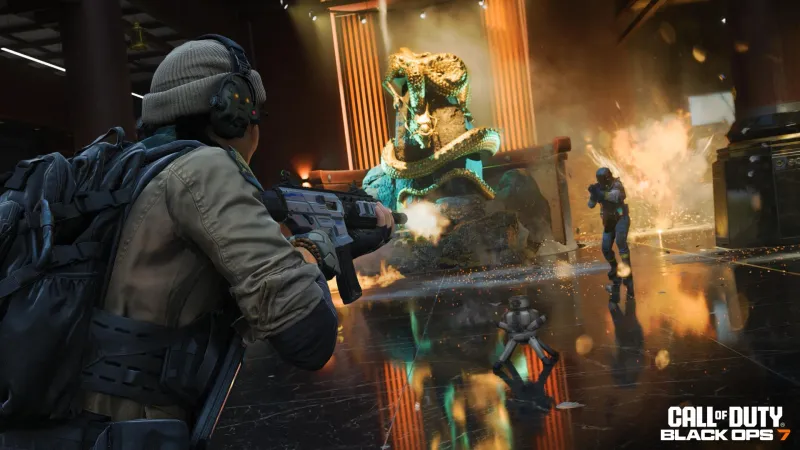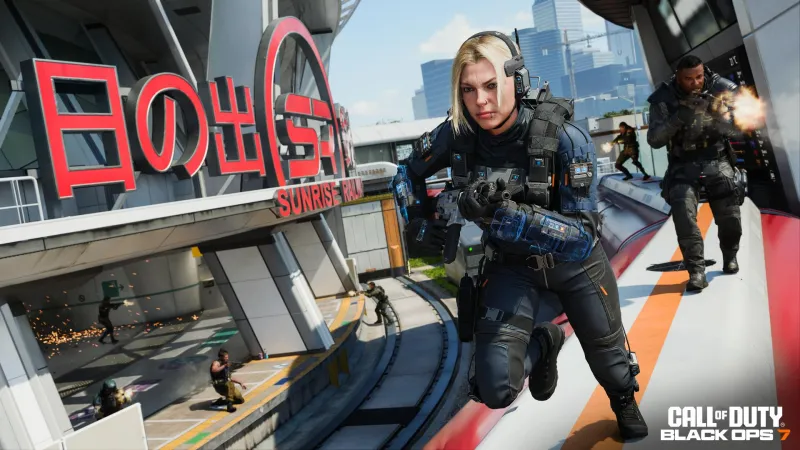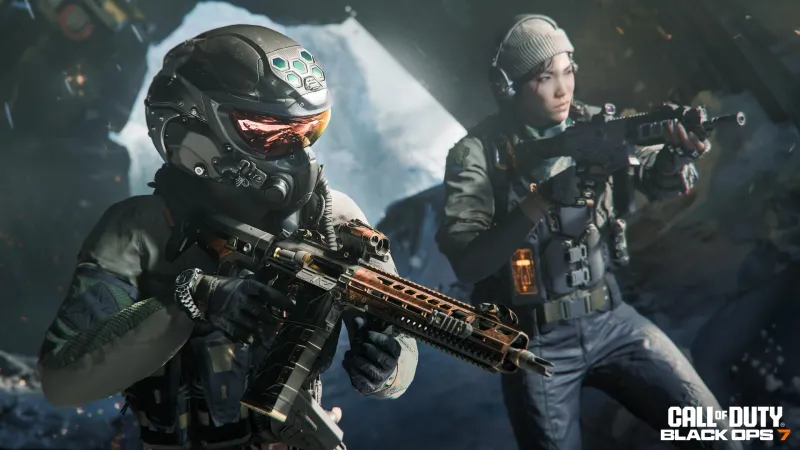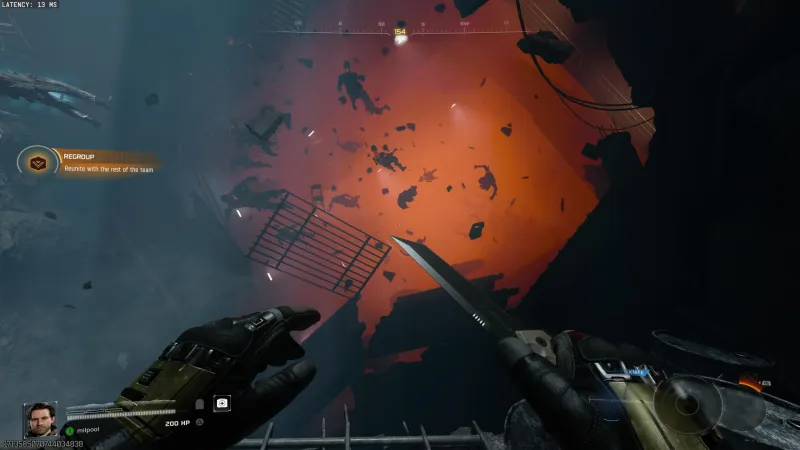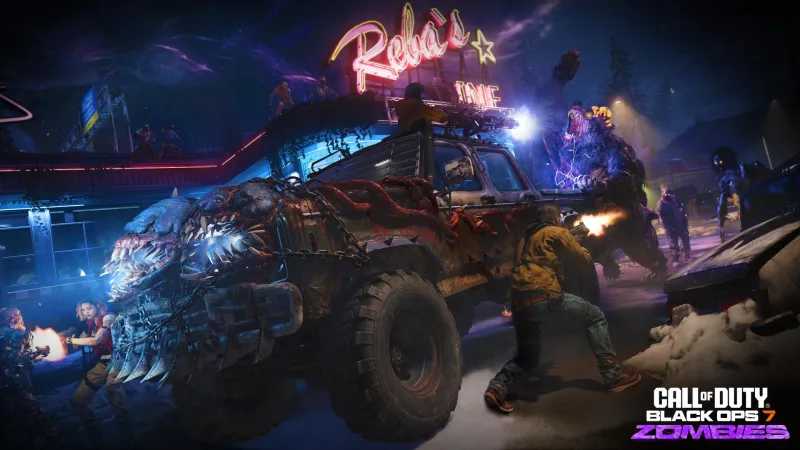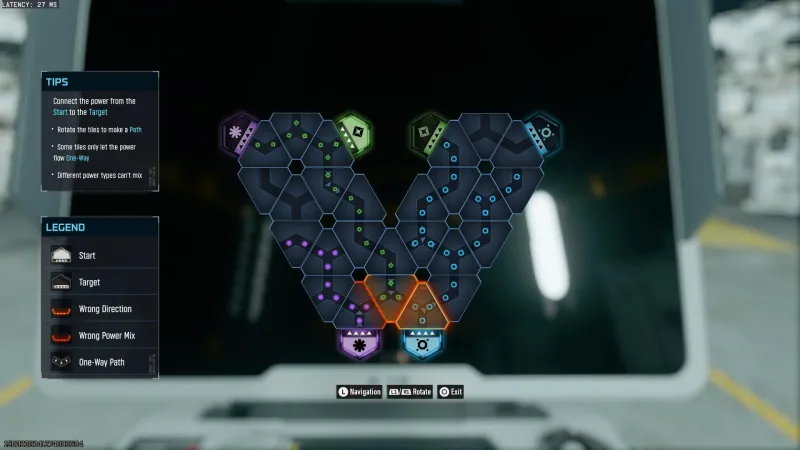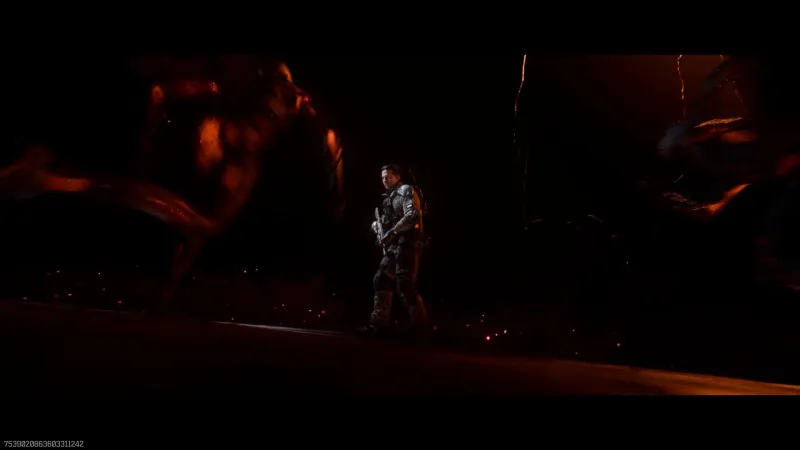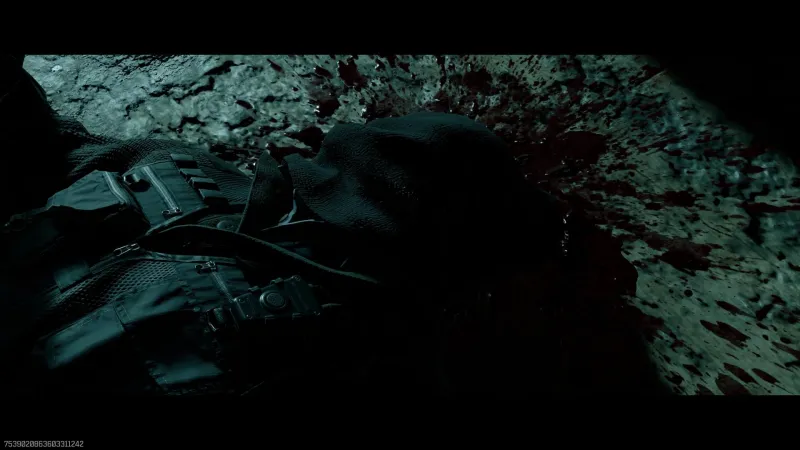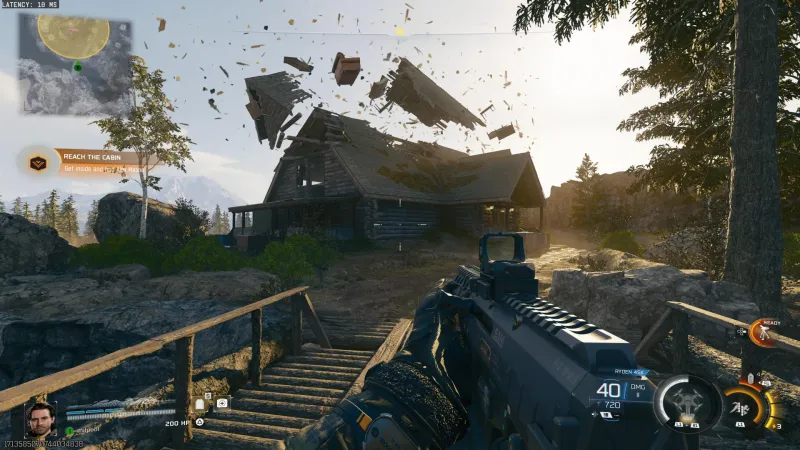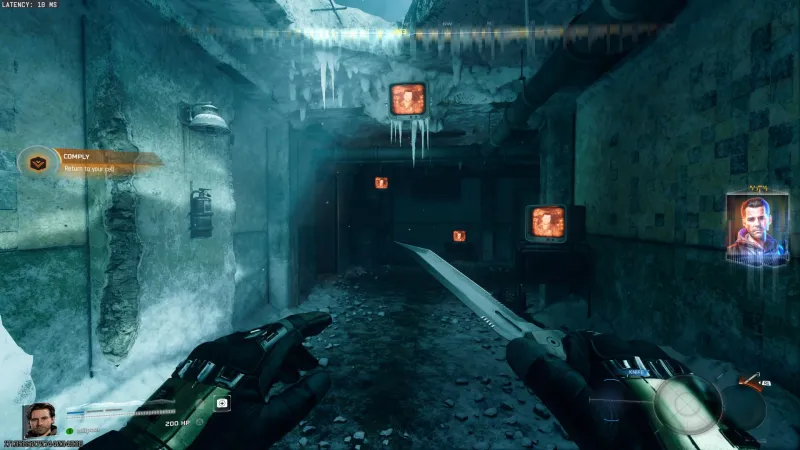
Reviewed on:
PlayStation 5
Platform:
PlayStation 5, Xbox Series X/S, PlayStation 4, Xbox One, PC
Publisher:
Activision
Developer:
Treyarch, Raven Software
Call of Duty: Black Ops 7 is about having fun – in the most hyperactive way possible. The 22nd installment of the Call of Duty series is a companion piece to last year’s Black Ops 6, and while it doesn’t reinvent the wheel, it kicks it right off its axis with a near five-hour story campaign that is Black Ops 2 meets the “new weird” genre, a larger round-based version of Zombies called Ashes Of The Damned, and a refined approach to multiplayer that is anchored by the best map selection of Call of Duty’s modern era. It’s relentless and absurd most of the time, but Black Ops 7 is an approachable action shooter designed for any playstyle that’s lobbed in its direction.
Whereas 2020’s Black Ops Cold War and last year’s Black Ops 6 pieced together shades of films like Night Moves, The American, and Tinker Tailor Soldier Spy, Treyarch and Raven Software have opted to trace their socio-political talking points with a psychological narrative that is noticeably more Kubrick than Reagan. Set in 2035, nearly a decade following the events of Black Ops II, Black Ops 7’s co-op story follows JSOC lead David “Section” Mason (Milo Ventimiglia) and his “Specter One” outfit as they investigate the return of Nicaraguan terrorist Raul Menendez and the deceased’s threats to burn the world down in three days. Their findings circle back to The Guild, a robotics tech corp led by CEO Emma Kagan (Kiernan Shipka), and the result is a hallucinogenic romp involving a psychochemical virus that forces the spec ops squadron to relive their nightmares.
Plot-wise, it misses the mark. There are paranormal messes, mind-altering set pieces that bleed Control and Alan Wake, and nods to Frank Woods, Alex Mason, and The Battle of Los Angeles, and it’s all funneled through a made-for-TV script that’s unsure about its target audience. It’s not a terrible approach for a campy co-op military shooter that adheres to the Call of Duty mantra of “rinse, plate, repeat,” but not when it’s trying to conceptualize its own spin on science fiction. It uses close-quarters combat to create intense moments but the campaign’s mission variety isn’t substantial as Mason and JSOC are either clearing out lab facilities or decrypting data drives.
With a darker tone that uses atmosphere as an evaluation of fear, Black Ops 7’s Zombies goes back to basics with curated experiences that refresh core mechanics instead of jeopardizing its identity. The latest iteration, Ashes Of The Damned, is Treyarch’s biggest round-based map to date and one that separates itself from Black Ops 6’s Terminus with an open-world layout that’s heavily inspired by TranZit from Black Ops II and encourages players to visit six new locations – including Janus Towers, Blackwater Lake, and Zarya Cosmodrome. The map is built around Ol’ Tessie – a new Wonder Vehicle and ‘70s junker pickup truck that’s upgradable, repairable, and under the guidance of TEDD himself – and as an honorary fifth member of the squadron, it’s used to navigate the mode’s main quest, which picks up right where Black Ops 6 concluded.
Players have the option to explore Ashes Of The Damned with Grigori Weaver and his team or the original Zombies crew and do so via three modes: Standard, Survival, and Cursed. The new Cursed mode offers a classic Zombies experience with no minimap, no loadout weapons, and a point system inspired by Black Ops III. The sole Survival map, Vandorn Farm, mimics Liberty Falls’ replayability with a playground full of wall-buys, Perk-a-Cola, Gobblegum dispensers, and a robust expansion to Black Ops 6’s Augment system that features over 60 new upgrades.
That level of detail is why Black Ops 7 multiplayer is in a league of its own. Call of Duty fatigue has become a persistent mood in the last few years, but despite the re-sequels, the Beavis and Butt-Head adverts, and whatever Modern Warfare III (2023) was, Black Ops 7 isn’t just another rerun. It’s not due to the open matchmaking playlists and persistent lobbies, nor the exponential indifference to Gunsmith and the franchise fetishizing attachments. It’s because Black Ops 7 has the most promising collection of 6v6 launch maps since 2018’s Call of Duty: Black Ops 4.
There is an argument that can be made about Black Ops Cold War, but Treyarch’s latest map pool offers reimaginings of the Black Ops 2 classics Raid, Hijacked, and Express, as well as 13 larger original locations that are designed with community feedback in mind. Cortex and Scar blend simplicity with elevated sight lines and flanking routes; Blackheart and Flagship turn active offshore worksites into “bang-outs” that reward ingenuity; and Den, a medium-sized map set in a Japanese feudal castle-turned tech domain, is just a mid connector away from being an S-Tier addition to Treyarch’s portfolio. There are a few duds, like Exposure and Retrieval, but they still prominently emphasize visibility over manual doors, oriel windows, and broken glass ASMR.
Even with full-auto shotguns being a part of the 30 weapons at launch, Black Ops 7 circumvents fatigue by incorporating a new 6v6 objective mode (“Overload”) inspired by Uplink and Capture The Flag, and a revived arsenal of guns and gadgets that are a little more near-future and a little less ‘90s. Assault rifles like the M15 and Peacekeeper MK1 offer versatility at multiple distances, while SMGs such as the Dravec 45 thrive in close quarters, despite the need for a buff to add balance.
They seem a bit unfair, but Treyarch’s new “Overclock” system adds powerful enhancements to equipment. Each item is retrofitted with two Overclock levels, which can add a faster charge rate to Trophy Systems or ensure that Decoy Grenades only play footstep audio. They’re not game-breaking, but they do add a wrinkle to weekly challenges and Black Ops 7’s Weapon Prestige, which returns for the first time since 2018 with unique Prestige Camos and Attachments, and a new Weapon Prestige Master tier that features retro camos like Bacon and Weaponized 115.
Treyarch’s Omnimovement system from Black Ops 6 also returns, but it thankfully swaps Tactical Sprint for new movement tech in the form of a wall jump, which is primarily used on maps to peek cover before rushing a site or advancing a position. Gunfights still play out like Call of Duty, but the added customization adds an interesting level of unpredictability that hasn’t been present since the inclusion of specialists in Black Ops III. Add in Treyarch’s nerf to Rotational Aim Assist, which includes a requirement for a player’s right stick movement to be tracking an enemy target for the aim assist to activate at full strength, and it’s clear there’s a new learning curve to apply.
Despite its shortcomings and the campaign’s lack of variety, Black Ops 7 is a solid entry solely for establishing new ways to play while making Call of Duty the social space it used to be. Treyarch and Activision’s commitment to additional modes continues to cannibalize their storyboards, and while it remains to be seen if their open stance on skill-based matchmaking (SBMM) is merely a PR tactic, they’re still capable of producing absorbing multiplayer and Zombies experiences that improve with every round. Black Ops 7 may not be the sequel some wanted this year, but in the most BO4 way possible, it emulates individualism to set a new bar that’s worth surpassing.


